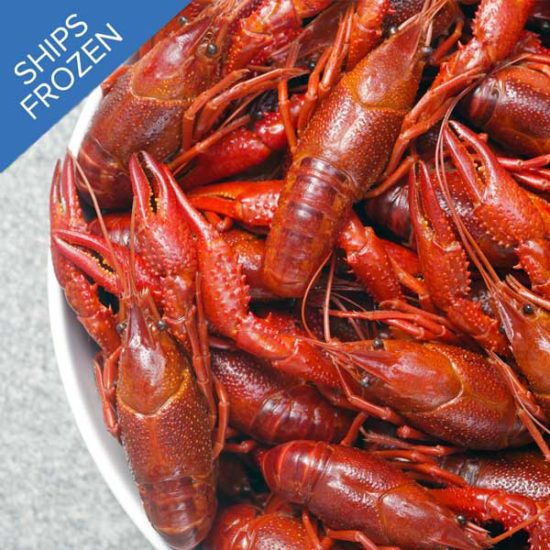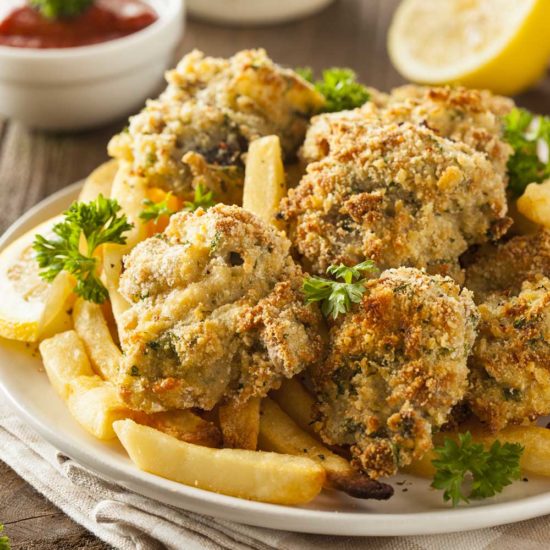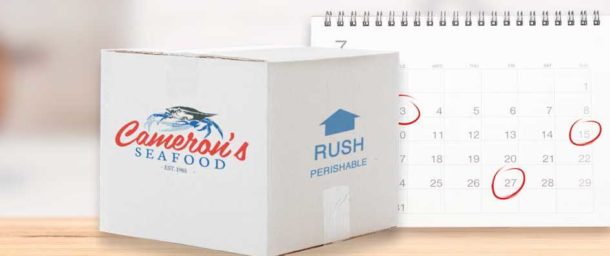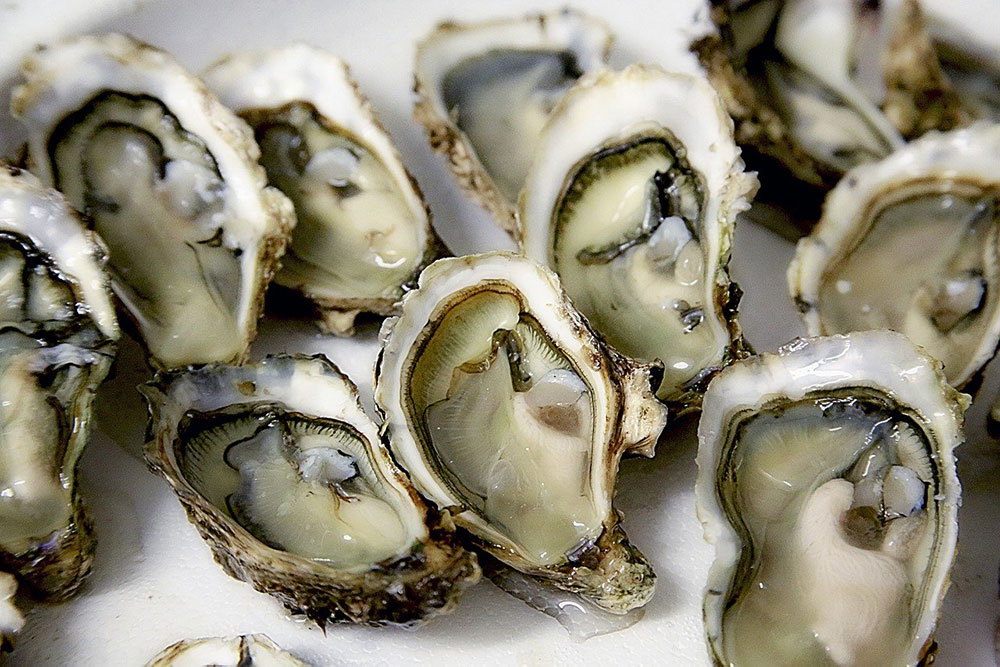
All About Oysters
![]()
Oysters are certainly a fan favorite. Their delicate, toothy texture, rich flavor and salty liquor have captivated foodies and hungry humans for centuries. Partner oyster’s deliciousness with their abundant sources of calcium, iron and protein, makes these mollusks truly special indeed.
Today we’ll explore the finer facts of how oysters go from the Bay to your plate. Discovering how oyster are caught, farmed and raised in the Chesapeake Bay.
Shucking out the details, if you will.
Chesapeake Bay ❤️ Oysters
The Chesapeake Bay is our nation’s largest estuary. A swirling mix of fresh water and salt water with inlets, banks and beds well suited for oysters. The perfect habitat. Even the name ‘Chesapeake’ is an Algonquin term meaning ‘Great Shellfish Bay’.
All oysters in the Bay are Eastern Oysters. Depending on the region and where in the Bay the oysters bed can determine their size, shape and flavor. Is the area sandy, muddy, warm, cool, far from the ocean, closer to the ocean? All are important factors for Oystermen and their catch. These variances give rise to new varieties of Eastern Oysters, like; Chesapeake Gold, Watch House Point, Potomac Whitecaps, 38° North, Nassawaddox Salt…etc…
How are Oysters Harvested?
In the Chesapeake Bay there are two main methods Oystermen use to collect oysters; wild harvesting and farming.
Wild Harvest
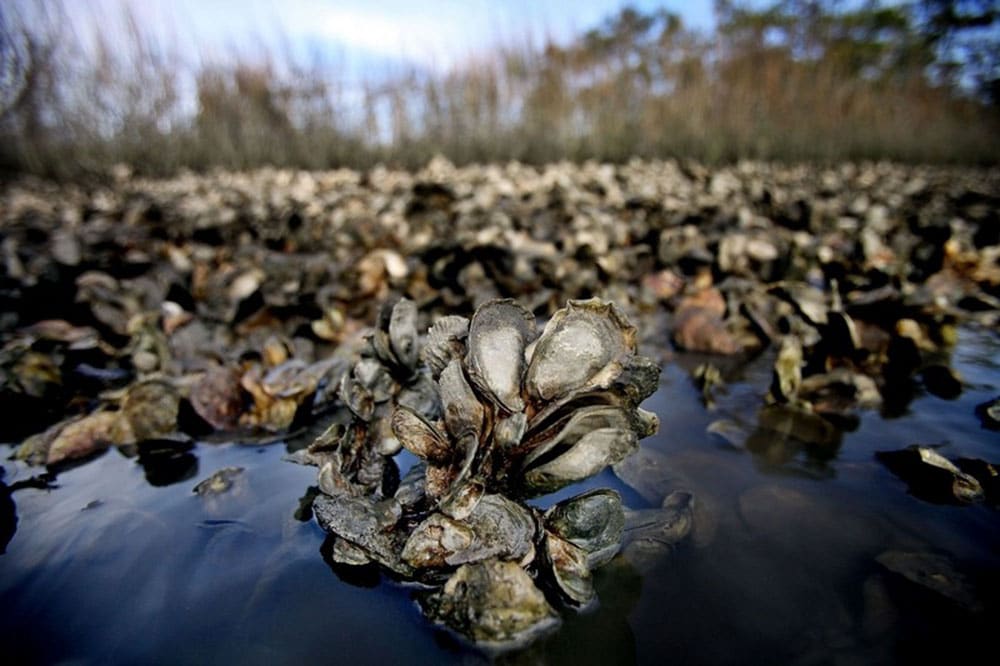
Oysters, in the wild, are usually found in large groups, called an oyster bed. An oyster bed begins by smaller, baby oysters (called spats) attaching themselves to a stable surface (rocks, fallen trees, etc…). If the conditions are right the oyster community thrives, building upon each other in great mass. Some oyster beds can extend for several nautical miles!
During the oyster season (usually late Fall to early Spring~oysters are best eaten in the colder months), Oystermen harvest the oysters from their beds using a couple of techniques.
For smaller operations rakes are used (imagine if you put your garden rakes together, like tongs). Oystermen find shallow oyster beds and rake the bottom for viable oysters.
For larger operations, a technique called dredging is used (imagine a rake attached to a basket). The Oystermen lower the dredge to the bed and drag it along the bottom. The oysters are removed from the basket, sorted by size (those undersized are returned to the bed) and collected.
Farmed
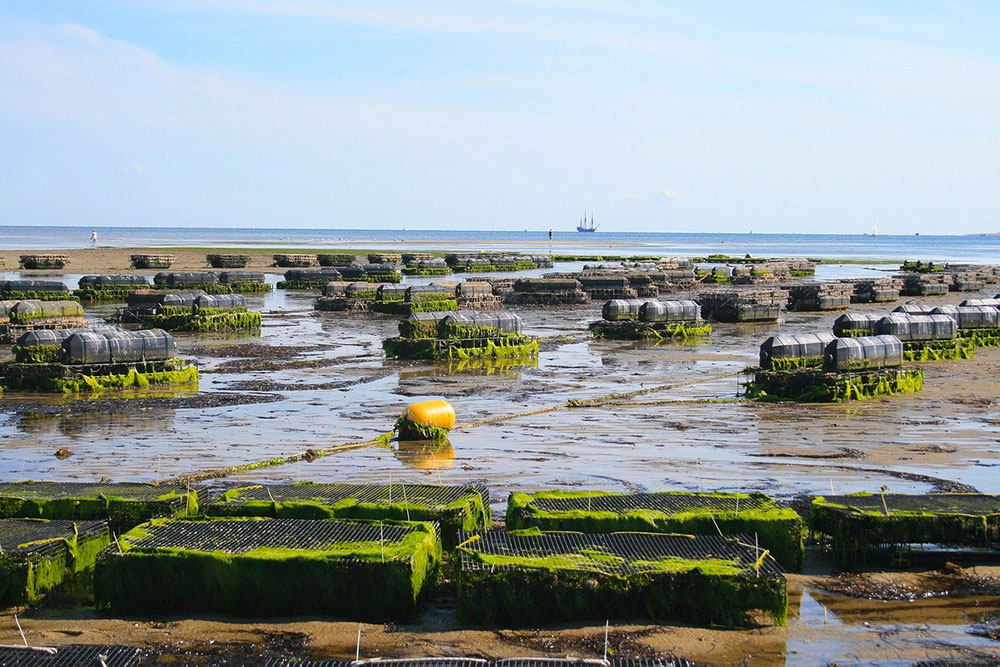
Farmed oysters, aka Aquaculture, is a popular practice for Oystermen and oyster hobbyists. Sustainably speaking, farmed oysters are a Bay benefit. They allow the wild stock to replenish while still maintaining the demand.
Oyster are raised in floats, large baskets mimicking an oyster bed. Oystermen first start the oysters from a stage called the oyster seed. These are teeny tiny oysters, only about 1mm in length. The oyster seeds are placed in protective bags and allowed to feed and grow, safe from any hungry predators.
The oysters are then moved into adolescent floats (our spats) and left to feed and grow some more. Oysters do tend to grow up at different rates, so smaller oysters are separated from the larger oysters. Giving every oyster room to mature at their own speed.
The entire process takes about 18 months, from seed to full grown oyster. Once the oysters have reached size, the Oystermen harvest.
Buy Oysters Online
Our family is proud to support our Chesapeake Bay Oystermen. We know that the best oysters come from the Bay and appreciate the hard working folk who harvest them.
Bring the Bay to your home with our Fresh Shucked Oysters. We’ve searched (and tasted) many an oyster to bring you the very best. The perfect combination of sweet, salty and tender.
As we say, ‘from shore to door, 3 days fresher than the grocery store’-all of our oysters are delivered right to your door when you schedule it, guaranteed!
We’d love to see your Cameron’s Seafood oyster recipes-share your images on any of our social pages, Instagram, Facebook or Twitter be sure to tag us @cameronsseafoodonline
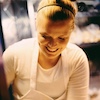
About the author
Patterson Watkins is a professional chef with over 17 years of experience. With a robust career in restaurants, contract dining and catering (including 4 Summer Olympic posts preparing food for the athletes!) Patterson joined the Cameron’s Seafood team at the end of 2018 to concoct some delicious recipes with our premium seafood items as the centerpiece.


